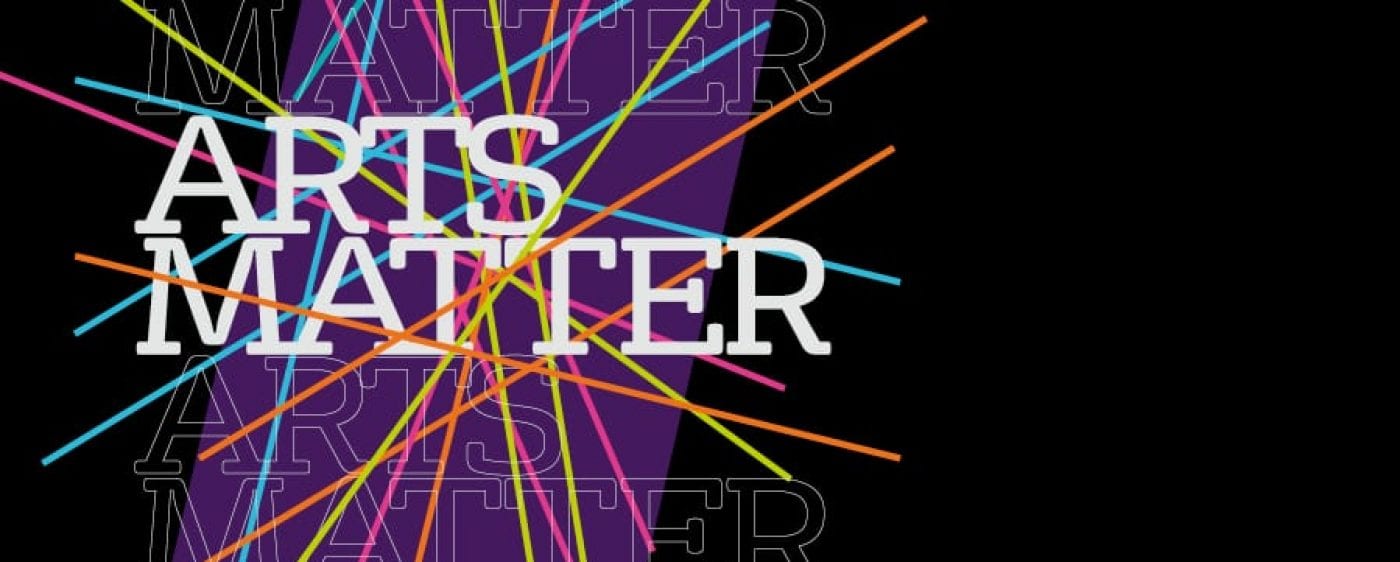By Dr Lucy Cramp, Dr Tim Knowles, Professor Ian Bull, Dr Mélanie Roffet-Salque, Professor Richard Evershed, Professor Tim Elliott and Dr Jamie Lewis
A team of University of Bristol researchers, led by Dr Lucy Cramp in the Department of Anthropology and Archaeology, have been awarded a £1m grant from the AHRC to establish a new Centre for Chemical Characterisation in Heritage Science (C3HS). Bringing together expertise in Archaeology, Chemistry and Earth Sciences, the Centre will help to determine the origin of heritage objects and materials, leading to informed conservation strategies and impactful discoveries about the past.
The University of Bristol have received a £1m capital investment grant to establish a world-leading facility that will welcome diverse research and researchers from across the heritage sector, enhancing its analytical capabilities in the process. New cutting-edge analytical instrumentation for high resolution organic molecular analysis will enable enhanced and reliable identification and structural characterisation of organic compounds in complex mixtures, such as pottery residues and organic components of pigments, binders and balms. A new preparative capillary gas chromatograph-mass spectrometer will facilitate the separation, collection and structural verification of individual archaeological compounds in sufficient quantities for radiocarbon dating, whilst newly refurbished lasers in the School of Earth Sciences will be used for the measurement of isotopic signals from different points during the formation of archaeological teeth at high temporal resolution.
These advancements will be made possible thanks to the Arts and Humanities Research Council (AHRC) recently announcing a new funding programme to establish infrastructure for heritage science and conservation in the UK. The aim of this programme is to enhance the UK capability and capacity for heritage science, and in so doing, bring new knowledge on heritage collections, buildings, landscapes and data. As part of this programme, AHRC announced a major funding call for host facilities and equipment across the UK, to open up access to specialist knowledge, equipment and collections across the heritage sector.

Here at the University of Bristol, we have a long history of driving forwards pioneering mass spectrometric methodologies, and have exceptional capabilities for molecular and isotope analyses, in the heritage sciences. We have expertise and infrastructure that spans and integrates three schools and two faculties: the Department of Anthropology and Archaeology in the School of Arts (ALSS), the Organic Geochemistry Unit in the School of Chemistry and the Bristol Isotope Group housed in the School of Earth Sciences (SEng). Facilities include an ultra-compact, high-precision radiocarbon accelerator. The Bristol Radiocarbon Accelerator Mass Spectrometry facility (BRAMS) was established by the School of Chemistry as a UoB/NERC/BBSRC-funded national facility in 2016 and is housed in the Department of Anthropology and Archaeology. This has led to major methodological developments, including the capability to radiocarbon date individual preserved fatty acids from food residues extracted from archaeological pottery.


Left: Bristol Radiocarbon Accelerator Mass Spectrometry facility (BRAMS), led by the School of Chemistry and housed in the Department of Anthropology and Archaeology. Right: an archaeological potsherd being cleaned prior to extraction of ancient lipids for analysis.
Across the Schools of Chemistry, Arts and Earth Sciences, we have laboratories and instrumentation for highly sensitive analysis of molecular and isotopic signals held in archaeological materials, including ancient food residues preserved in pottery, climatic signals held in historical parchments, pigments and binders used in works of art and the composition of mummy balms from ancient Egypt. The Bristol Isotope Group uses world-leading mass spectrometric instrumentation to explore intra-lifetime patterns in human and animal diet and mobility from isotope signatures in biological remains. Recent major discoveries by the project team include establishing the palaeoecological range of honeybees exploited by the earliest farmers of Neolithic Europe, Near East and North Africa from beeswax residues in pottery, identifying the earliest-discovered lipid signatures for cereal use, along with milk, from 6000 year old Scottish ‘crannogs’ (artificial or semi-artificial ‘islets’) and the detailed analysis of milk use in prehistory to provide a new theory for its relationship with the evolution of the ability to digest milk (lactase persistence) that exists amongst modern-day populations.
We will shortly be appointing new staff to join the team and over the next 24 months, we will be installing, testing and verifying protocols on our new instruments installed in our laboratories and undertaking refurbishments to existing systems to enhance performance. From 2026 we will be ready to offer access to a facility for single- and multi-molecular and isotope mass spectrometry approaches that can be applied to heritage materials to further understand their composition, origins and age. In addition to the analytical facilities, we will provide access to the latest methods and protocols we develop, as well as providing training, analytical and interpretative support. The ability to coordinate these major types of mass spectrometry analysis will simplify the route to molecular and isotope analyses, unlocking new, ambitious and scientifically-rigorous research on heritage collections.
Dr Lucy Cramp is Associate Professor in Archaeology with research interests in ancient biomolecules, dietary traditions and prehistoric subsistence strategies. The AHRC Centre for Chemical Characterisation (C3HS) is part of the Research Infrastructure for Conservation and Heritage Science (RICHeS) programme, funded by the UKRI Arts and Humanities Research Council through the UKRI Infrastructure Fund. To find out more about it, please contact lucy.cramp@bristol.ac.uk. Read our press announcement to find out more about the AHRC investment.

